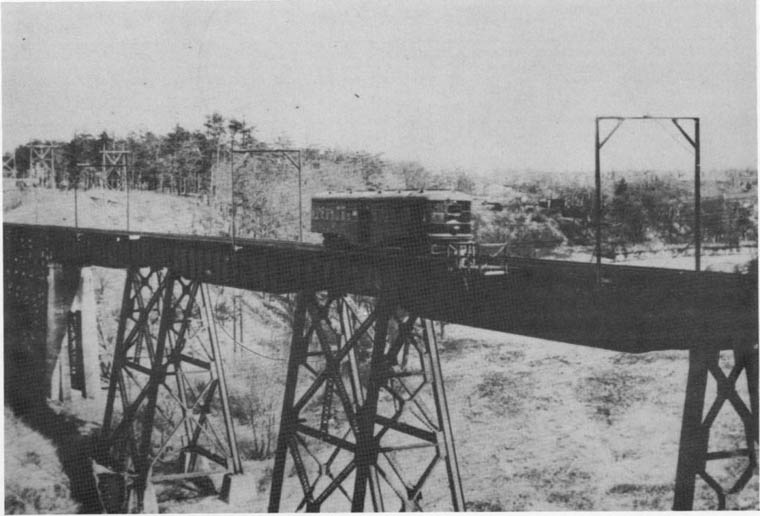Northern Light
Superstar
Many of you will know by now that Toronto is in the process of building more new bike trails this year than in any single year, ever!
Coming in 2011 (now or soon to be under construction)
Finch Hydro Corridor, 2 sections, Yonge, west Dufferin, and one in Scarborough
Gatineau Hydro Corridor (Vic Park to Kennedy) and again from Midland east.
CN Leaside spur (the old leaside spur) roughly parallel to Leslie from just north of Eglinton to York Mills
East Don Valley - Milne Hollow (Lawrence) to Wynford Drive
Also work on the Waterfront Trail in Scarborough from Rouge Hill GO Stn to Pickering continues.
********
So what else does Toronto need in this area? What should its priorities be?
My list includes:
1) The Humber Gap (the missing section of trail near Sheppard)
2) The West Don (Earl Bales to Hogg's Hollow, alongside the Golf Course)
3) Highland Creek Trail from Morningside Park to the Scarborough City Centre Area (where the creek crosses Progress)
4) Finishing the Finch Corridor
5) The Waterfront Trail in Scarborough, below the Bluffs from Bluffer's Park to East Point Park
Any thoughts? Other areas you'd like to see covered?
Don't forget to share your priorities with your City Councillor (or candidates for that office) in your ward!
Coming in 2011 (now or soon to be under construction)
Finch Hydro Corridor, 2 sections, Yonge, west Dufferin, and one in Scarborough
Gatineau Hydro Corridor (Vic Park to Kennedy) and again from Midland east.
CN Leaside spur (the old leaside spur) roughly parallel to Leslie from just north of Eglinton to York Mills
East Don Valley - Milne Hollow (Lawrence) to Wynford Drive
Also work on the Waterfront Trail in Scarborough from Rouge Hill GO Stn to Pickering continues.
********
So what else does Toronto need in this area? What should its priorities be?
My list includes:
1) The Humber Gap (the missing section of trail near Sheppard)
2) The West Don (Earl Bales to Hogg's Hollow, alongside the Golf Course)
3) Highland Creek Trail from Morningside Park to the Scarborough City Centre Area (where the creek crosses Progress)
4) Finishing the Finch Corridor
5) The Waterfront Trail in Scarborough, below the Bluffs from Bluffer's Park to East Point Park
Any thoughts? Other areas you'd like to see covered?
Don't forget to share your priorities with your City Councillor (or candidates for that office) in your ward!






